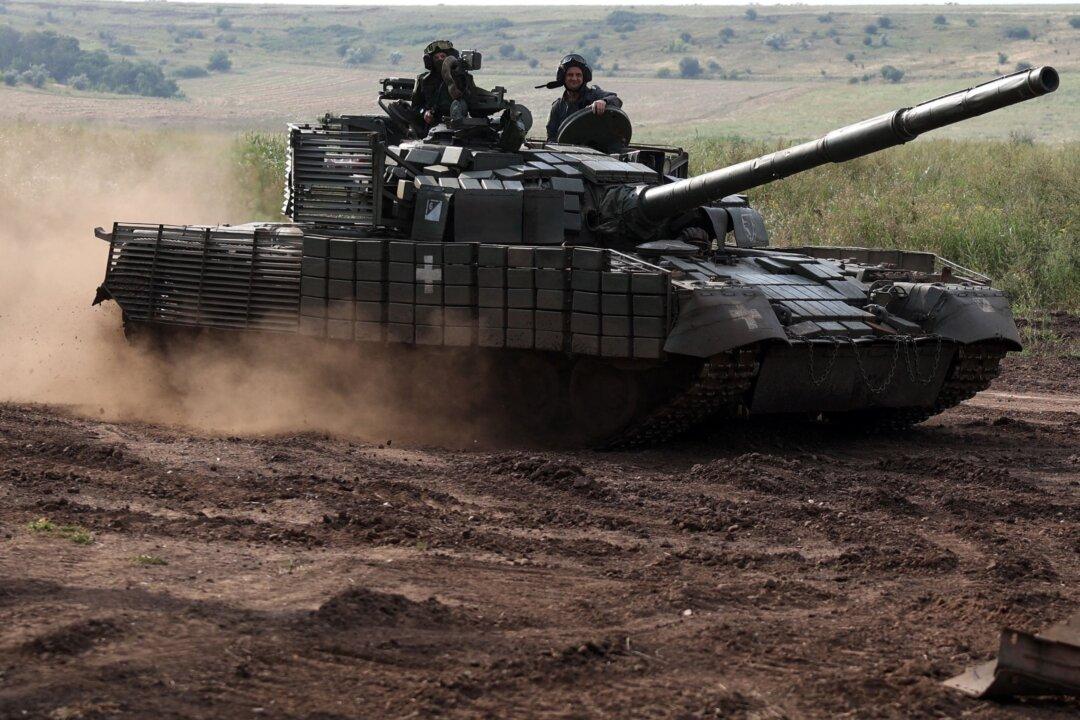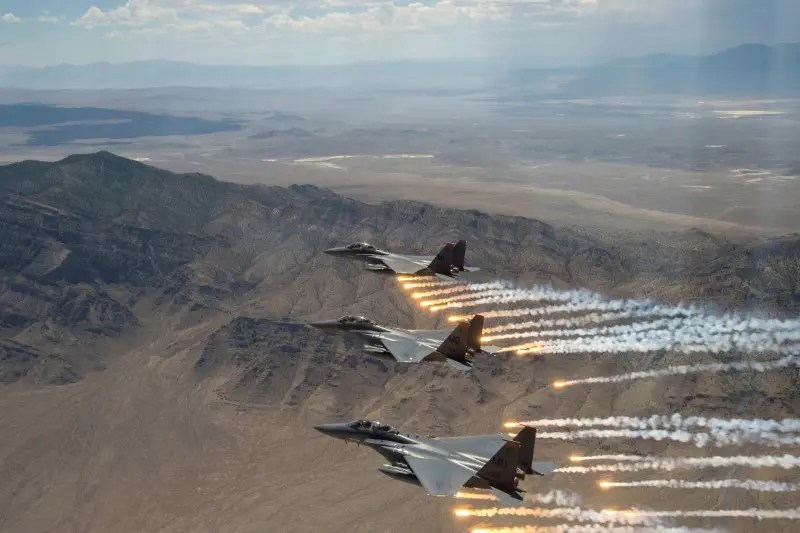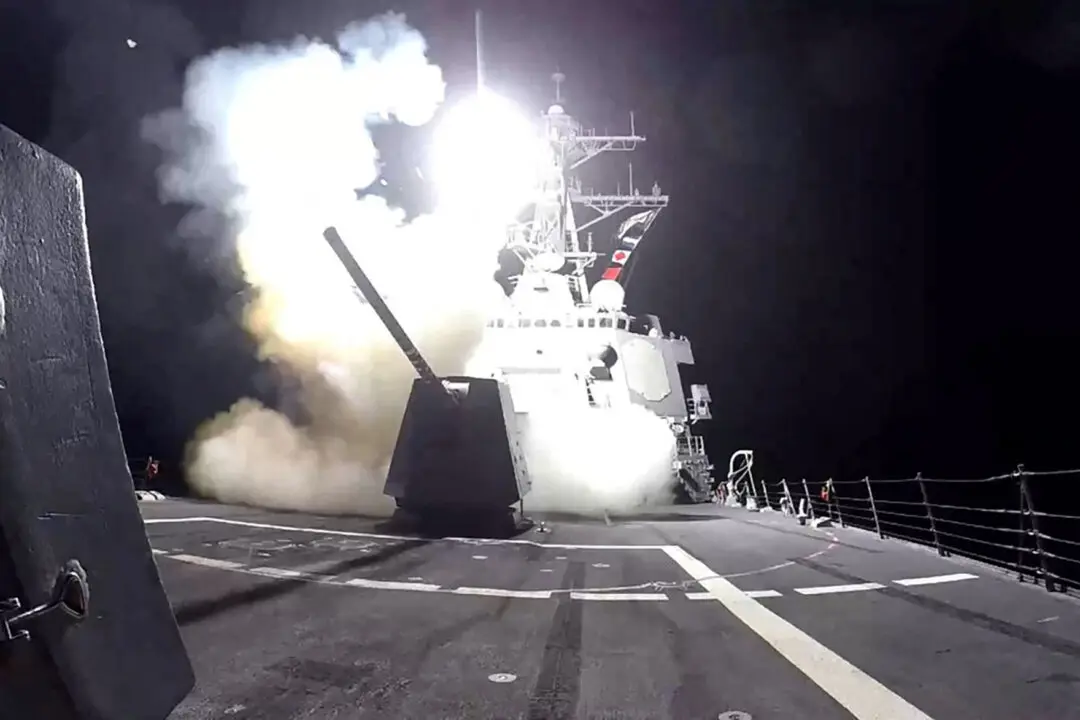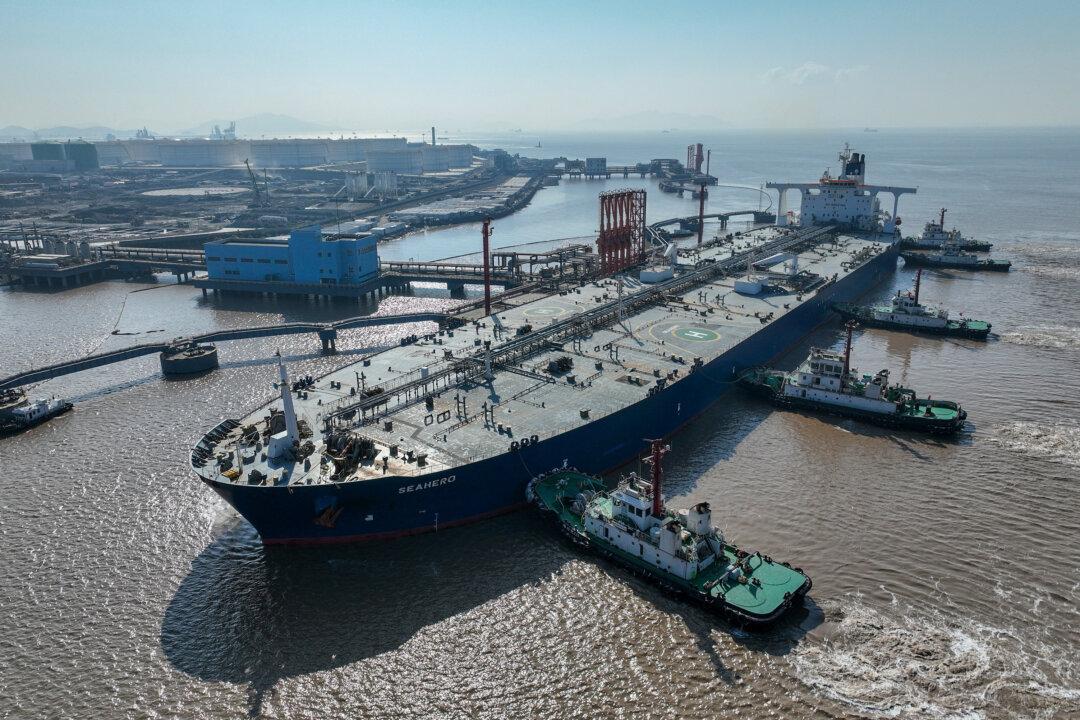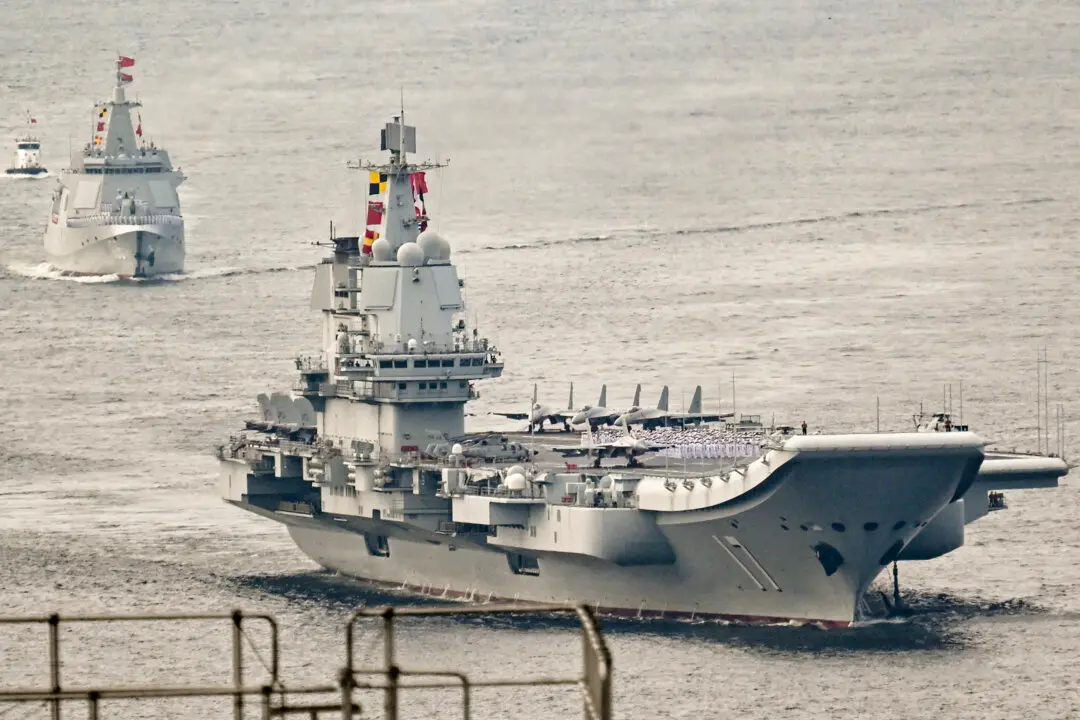The Biden administration doesn’t believe that Ukraine and Russia have reached a stalemate in their ongoing war, and asserts that Ukrainian leadership is adapting its strategy to changing realities on the ground.
“No, we do not assess that the conflict is a stalemate,” White House national security adviser Jake Sullivan said. “As I noted before, we continue to support Ukraine in its effort to take territory as part of this counteroffensive, and we are seeing it continue to take territory on a methodical, systematic basis.”
